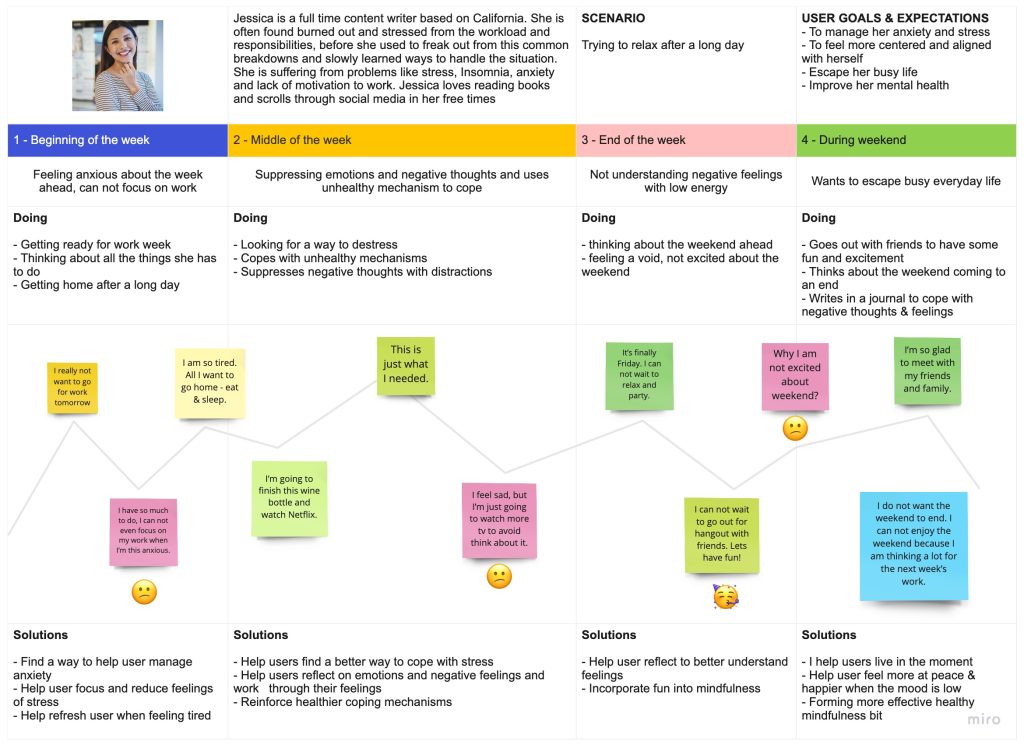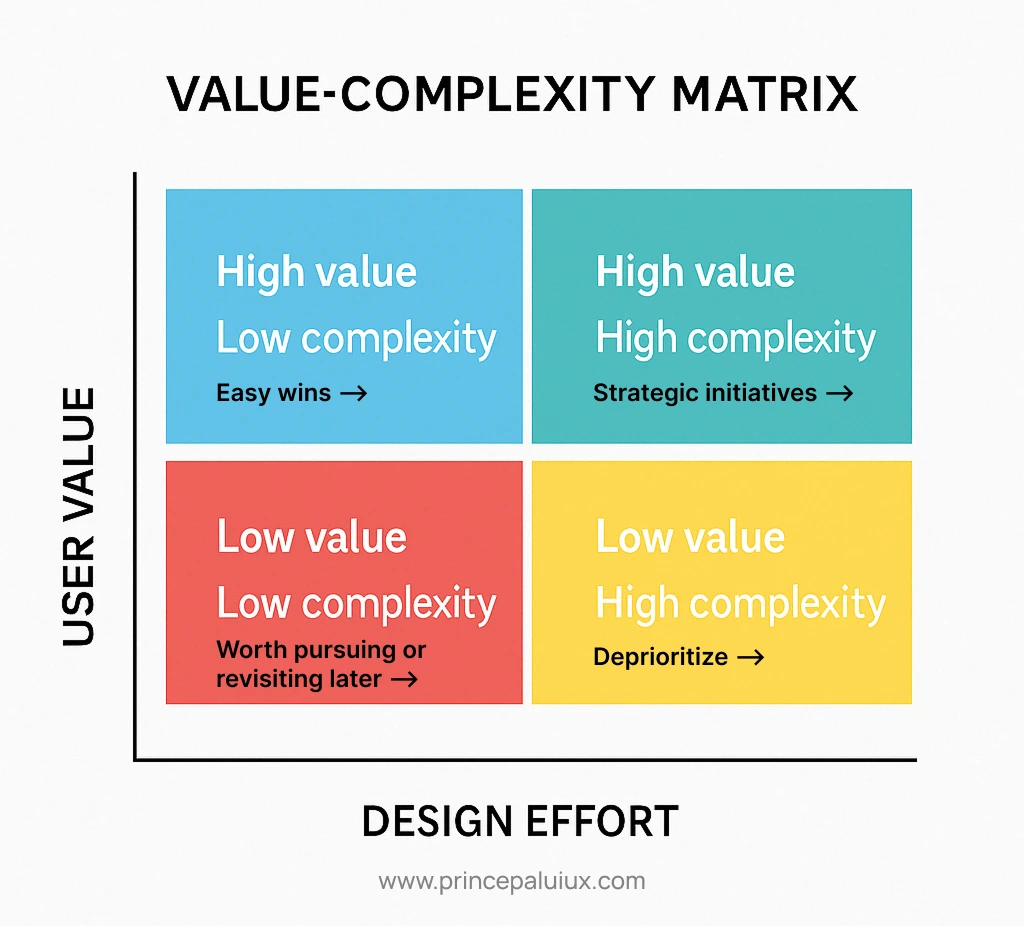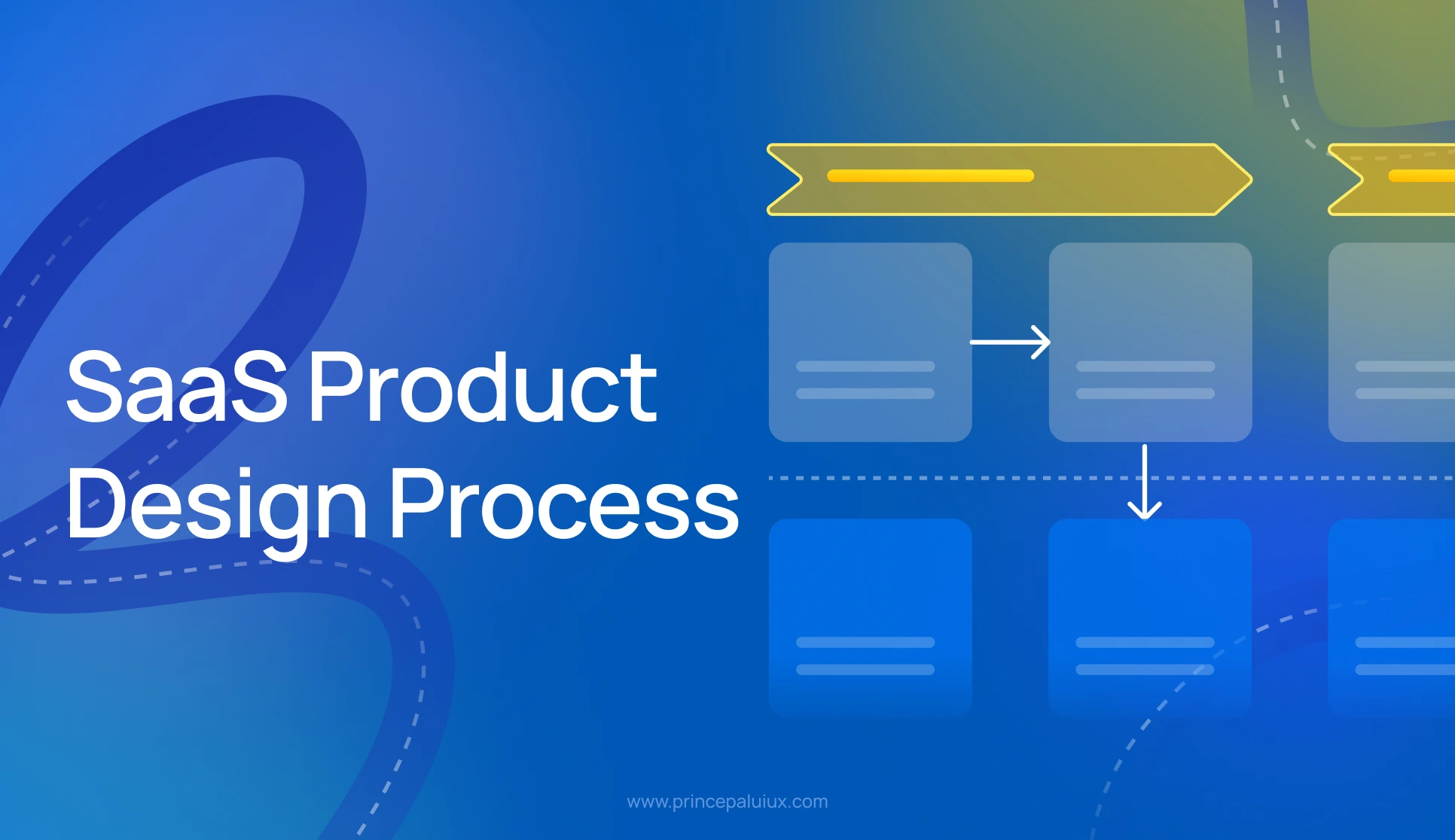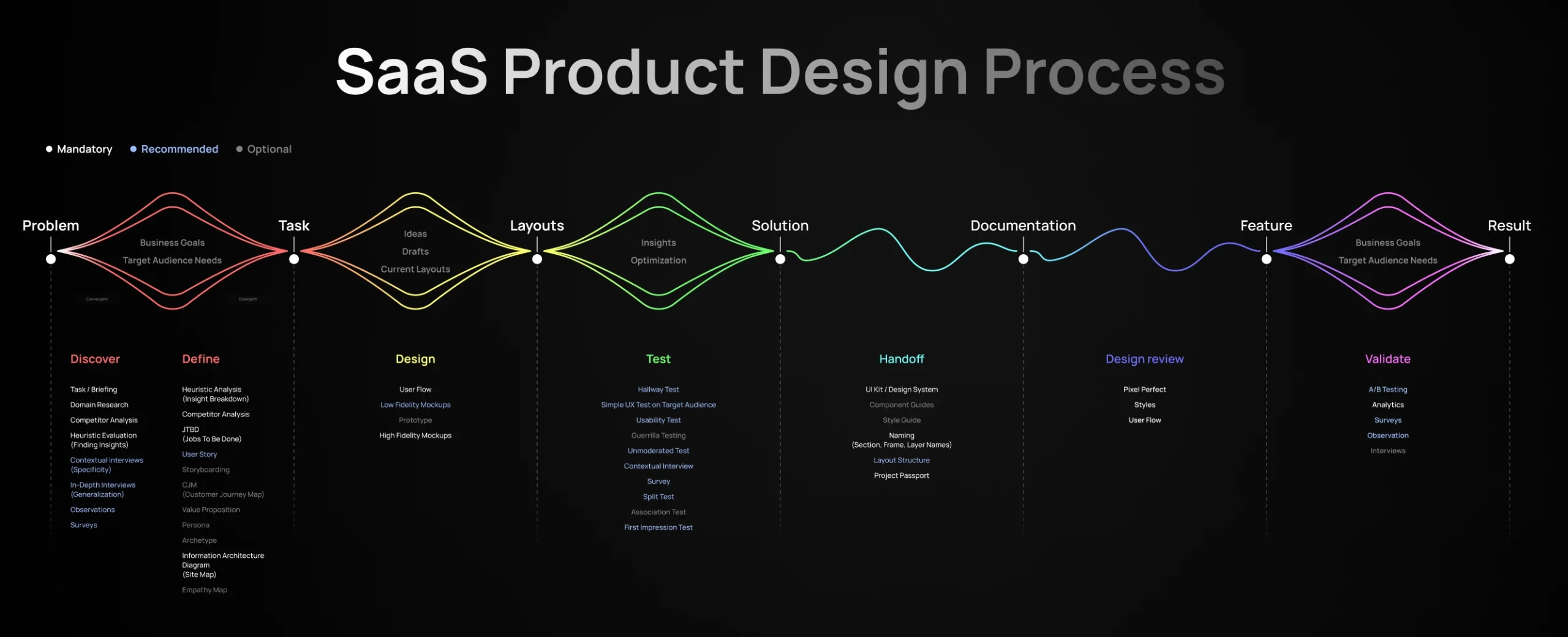The early stage of the B2B SaaS product design process is not just about pretty screens. It’s about solving real problems for real people — fast and smart. There’s no one-size-fits-all design process, but a flexible set of core actions can adapt to fit most organizations’ unique needs.
Table of contents
How to Experiment, Learn, and Build SaaS Products Without Losing Your Mind
So, you’re building something new — maybe an app, a platform, or a feature that’ll (hopefully) change the game. Exciting, right? But before diving into Figma or writing code, take a step back.
That’s where this SaaS Product Design Process comes in. Think of it as your friendly guide to navigating the messiness of building something from scratch. Whether you’re a solo founder or part of a scrappy product team, this will help you move with confidence and clarity.
SaaS Product Design Process Mapping (Figma Preview)
1. 🔍 Research – Listen Before You Leap
Let’s be honest. It’s tempting to jump straight into design. But unless you truly understand your problem, you’re designing in the dark.
What to do here:
- Talk to users — seriously, pick up the phone or hop on a Zoom.
- Run surveys — even a basic Google Form can bring surprising insights.
- Talk to stakeholders to uncover key business goals and define project objectives.
- Stalk your competitors (ethically!) — see what they’re doing right or wrong.
- Dig into usage data — what are people doing, not just what they say?

🎯 The goal is to know your users, understand their pain points, and map the problem space before you even consider solutions.
2. 🧠 Synthesis – Make Sense of the Mess
Okay, now you’ve got sticky notes, voice recordings, spreadsheets, and maybe even heated debates. What next?
Synthesis is about turning all that chaos into clarity. You’re looking for patterns. Insights. “Aha!” moments.
What to do here:
- Build user personas that represent the people you’re designing for.
- Map out user journeys to understand how they experience the problem.
- Use affinity diagrams to group ideas and find themes.
- Synthesize insights early to spot patterns, understand user needs, and save time by focusing on what truly matters.

🎯 The goal: Pull insights out of the research noise so you can start designing with purpose.
3. 💡 Ideation – Go Wild (Then Get Real)
Now comes the fun part: dreaming up solutions. Don’t hold back here — let your creativity run wild. Even the weirdest idea might lead to something amazing.
What to do here:
- Host brainstorming sessions (with a no-judgment rule).
- Sketch your ideas. Doodles > words.
- Try the SCAMPER technique to twist and tweak ideas in fresh ways.
- Demo concepts to validate alignment with user needs and business goals before moving forward.
- Use mind maps to explore possibilities visually.
- Prioritize top concepts using a 2×2 matrix to map user value against design effort and identify the most impactful ideas.

🎯 The goal: Generate a bunch of possible solutions. You’ll refine and validate them soon, but right now, go big.
4. 🧪 Prototyping – Turn Thoughts into Things
It’s time to bring your ideas to life. This isn’t about building the whole product yet—just enough to test whether you’re on the right track.

What to do here:
- Define what to test by pinpointing key areas of your solution to focus your prototype and keep the scope clear.
- Create prototypes with the right level of fidelity to gather meaningful user feedback and validate key behaviors.
- Build interactive prototypes in tools like Figma, Axure, Adobe XD, or whatever you love.
- Fake it before you make it — no need for polished visuals yet.
- Test with at least five real users to validate your ideas and uncover key usability issues through hands-on feedback.
🎯 The goal: Make it real enough that users can interact with it — so you can learn from what they do, not just what they say.
5. 👥 Teamwork with Real Users
Let’s be real — designing in a vacuum rarely works. It is all about building with your users, not just for them. When you bring users into the design process, you get insights, feedback, and ideas that no whiteboard session alone can deliver.
Here’s how to do it:
🤝 Collaborate with users:
Invite users into your process. Don’t just ask for feedback — let them shape the concept with you. Run activities like card sorting or casual brainstorming sessions where their input helps refine the direction.
🧩 Build modular components:
Create flexible design pieces (like building blocks) that users can interact with during co-creation. This is a great way to see what resonates with them, what confuses them, and what they’d change—all in real-time.
6. 🔁 Iteration Planning – Learn, Tweak, Repeat
Here’s the golden rule of product design: your first version will never be perfect. And that’s okay! The magic happens when you loop back, improve, and iterate.
What to do here:
- Review all the user feedback (yes, even the tough stuff).
- Identify what’s working and what’s missing the mark.
- Wrap up what you’ve learned from testing and use those insights to refine and improve your design.
UX Metrics – HEART Framework
HEART is a user-focused metrics framework created by Google to help design, product, and development teams measure success and make smart decisions that balance user needs with business goals.
| GOALS (Critical user tasks) | SIGNALS (Channels of getting UX metrics) | METRICS (Quantifiable UX metrics) | |
| Happiness | User satisfaction | Users’ feedback from surveys, interviews | Satisfaction rating, net promoter score |
| Engagement | User content discovery | The amount of time users spend in the app, | Number of shares, average sessions length, page views |
| Adoption | User onboarding | App downloads, new registrations, using new features | Download rate, registration rate, feature adoption rate |
| Retention | User loyalty | Returning users, subscription renewals | Subscription renewal rate, churn rate |
| Task success | User goals completion | Usability studies, user behaviour analytics | Number of shares, average session length, page views |
🎯 The goal: Use every round of feedback to get closer to a product that people will genuinely want to use (and maybe even love).
Final Thoughts 💬
Great products aren’t born. They evolve — through research, messy notes, half-baked ideas, and dozens of tiny iterations.
If you’re part of an early-stage team, this cheat sheet can be your compass. It won’t do the work for you, but it’ll keep you focused on what truly matters: solving real problems for real users.
Now, build something awesome. 🚀

